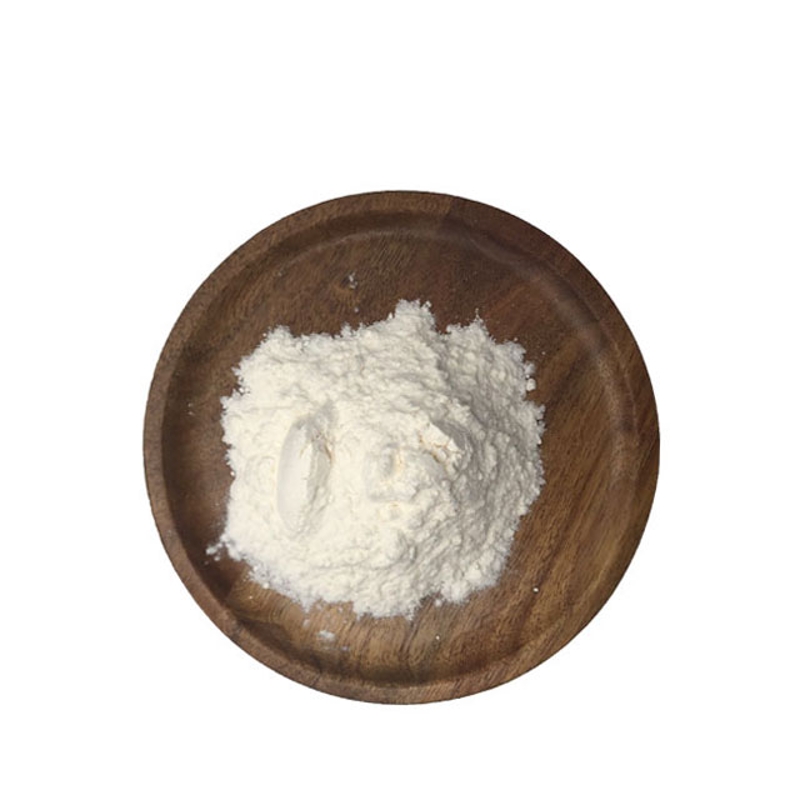-
Categories
-
Pharmaceutical Intermediates
-
Active Pharmaceutical Ingredients
-
Food Additives
- Industrial Coatings
- Agrochemicals
- Dyes and Pigments
- Surfactant
- Flavors and Fragrances
- Chemical Reagents
- Catalyst and Auxiliary
- Natural Products
- Inorganic Chemistry
-
Organic Chemistry
-
Biochemical Engineering
- Analytical Chemistry
- Cosmetic Ingredient
-
Pharmaceutical Intermediates
Promotion
ECHEMI Mall
Wholesale
Weekly Price
Exhibition
News
-
Trade Service
In recent years, whole-body magnetic resonance imaging (WB-MRI) has shown high diagnostic performance and has now been recommended by clinical guidelines for the detection and follow-up of bone lesions in patients with solid tumors and multiple myeloma (MM) metastases
.
Standard WB-MRI combines anatomical T1, STIR sequences, and functional diffusion-weighted imaging (DWI) sequences
.
T1 is the reference sequence for bone marrow lesion detection and characterization, and STIR increases the sensitivity
of lesion detection.
Due to the high contrast of lesions to background, DWI sequences add diagnostic value to anatomical sequences and extend cancer screening to lymph nodes and extraskeletal organs
.
The limitation of WB-MRI is its duration, so various measures have been taken clinically to speed up different sequences
.
The Dixon technique relies on a chemical shift between protons of water and fat and breaks down the signals of the two components in the
same voxel.
The Dixon sequence produces four types of images: in-phase (IP) (equivalent to non-fat inhibited anatomical images), non-in-phase (OP), water images (equivalent to fat suppression), and fat images (equivalent to water suppression).
A single T2 Dixon sequence combines information similar to STIR (due to water images) and T1-like information (due to fat images).
The diagnostic performance of the T2 Dixon sequence in detecting metastatic and MM lesions and its ability to replace the T1+STIR sequence has been demonstrated
in spinal MRI.
A study published today in the journal European Radiology compared the diagnostic accuracy
of a single T2 Dixon sequence and a T1+STIR combination as an anatomical sequence used to detect tumor bone marrow lesions in a whole-body MRI (WB-MRI) examination.
This study prospectively looked at 72 patients (55 men, 17 women, median age = 66 years) with serial solid tumors (prostate, breast, neuroendocrine) high-risk metastases or confirmed multiple myeloma (MM) between January 2019 and January 2020 WB-MRI was performed, including coronal T1, STIR, T2 Dixon, and axial diffusion-weighted imaging sequences
.
Two radiologists independently evaluated the combination of T1+STIR sequence and the fat + water reconstruction
of the T2 Dixon sequence.
The reference standard was determined by consistent reading of WB-MRI and contemporaneous imaging at baseline and at 6 months
.
The repeatability and reproducibility of MRI scores (presence and semi-quantitative counts of lesions), image quality (SNR: signal-noise, CNR: contrast-noise, CRR: contrast-reference ratio), and diagnostic features (Se: sensitivity, Sp: specificity, Acc: accuracy) were evaluated
for each bone region and each patient.
Repeatability and reproducibility were good regardless of score, region, and protocol (0.
67 ≤ AC1 ≤ 0.
98).
T2 Dixon fat had a higher CRR compared to T1 (p < 0.
0001); T2 Dixon water had a higher CRR compared to STIR (p = 0.
0128).
In each patient analysis, the T2 Dixon fat + water Acc of the advanced reader was higher than the Acc of T1 + STIR (Acc = +0.
027 [+0.
025; +0.
029], p < 0.
0001), while Acc was lower for beginner readers (Acc = -0.
029 [-0.
031; -0.
027], p < 0.
0001).
Figure consistency
between metastatic sequences.
WB-MRI study
in a 46-year-old patient with metastatic neuroendocrine cancer.
Two metastases were observed on the L1 vertebral body (arrow) and the right side of the sacrum (arrow).
Coronal T1(A) and STIR(B)WB-MRI images show both lesions
.
The reconstruction of fat (C) and water (D) collected by TSE T2 Dixon showed the same lesions
.
Based on the interpretation of all MR images and contemporaneous imaging studies, the reference standard confirmed the presence of two metastases
.
E Simultaneous DWI images (b=1000s mm-2, inverted grayscale) confirmed the presence of both lesions and did not show additional lesions
.
F Gallium-68 PET/CT fusion images showing the same two lesions showing tracer uptake
This study in patients with bone metastases or MM showed that shorter WB-MRI protocols relying on a single T2 Dixon sequence with fat and water reconstruction can replace the reference T1+STIR sequence for bone screening, resulting in shorter examination times without loss of diagnostic accuracy
.
Original source:
Ophelye Chiabai,Sandy Van Nieuwenhove,Marie-Christiane Vekemans,et al.
Whole-body MRI in oncology: can a single anatomic T2 Dixon sequence replace the combination of T1 and STIR sequences to detect skeletal metastasis and myeloma? DOI:10.
1007/s00330-022-09007-8







